The Future of Music Videos
Music videos have transformed immensely since the short films that emerged in the 1920s as the world’s first music videos, and even since popular music video channel, MTV’s very first: Video Killed the Radio Star.
The importance of music videos, however have remained. In an interview she took part in for podcast, “The Future of What,” director/producer, Alicia J. Rose, emphasizes the importance of music’s visual component.
Without it, how well would we remember Take On Me?
Thriller?
How popular would this Beyonce song have been?
So far, the transformation of music videos has come mostly in the form of visual and audio quality enhancement, as well as upgraded recording equipment and new camera techniques. Today, music video creators are attempting to break boundaries that have never before been broken. One such boundary is that of a fourth wall between the video and the video’s audience. Creators are now trying to involve the audience on another level.
Producers are beginning to experiment with virtual reality music videos, including fully interactive videos and 360 degree videos. We all know that no form of popular culture can remain stagnant for any extensive length of time, and this does not exclude music videos. Creators recognize that ground-breaking changes are necessary in order to keep up with an ever-changing technological world and its ever-adapting and yearning-for-more population. No technology or art form can remain in the past while its counterparts zoom forward.
Bob Dylan was one of the first to release an interactive music video. His video was made for his 1965 classic, Like a Rolling Stone. The video depicts a fake television box on which audience members can flip through fake channels at their will, and find different characters lip-synching the song. This was revolutionary in the way that it took an age-old classic and renovated it with a futuristic twist that most modern artists have not yet experimented with.
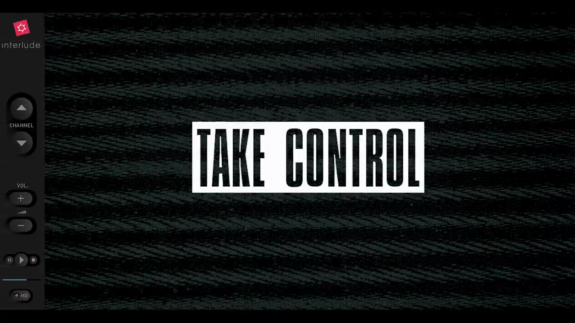
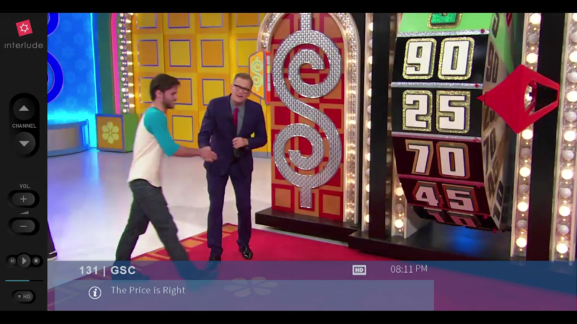
Singer, Trey Songz, wowed the R&B scene with his release of the Touchin Lovin’ music video, an interactive video that allows the viewer to decide how the video’s storyline will proceed and, as he puts it, “explore Trey’s fantasies.”
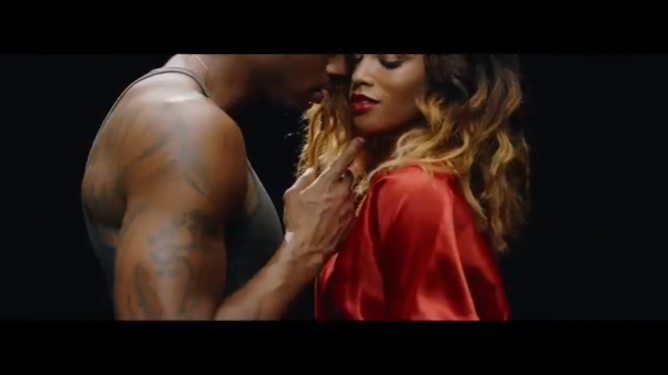
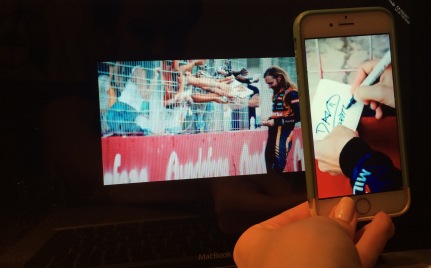
Popular DJ, record producer, and remixer, David Guetta, has attempted to take music video innovation a step further by releasing the world’s first double screen music video. For this experience, an audience member is prompted to connect their smartphone to their computer by going to the web address: dg.lc, and entering the code given to them on the device with which they originally found the content. The user must place their smartphone up to their computer screen, aligning it with the outline of a smartphone on the screen, and adjusting the size with corresponding arrows. After accomplishing this and pressing play, the experience begins. Throughout the video, the smartphone acts as either an extension of the music video, or a different perspective of the same scene occurring on the computer screen. At one point, the user will even receive a Facetime call from David Guetta, which looks incredibly realistic. For a split second, I really thought that David Guetta was calling me, and began to reach for the answer button. This just goes to show how immersive virtual reality techniques like this are. I believe that this is the effectiveness that producers are going for with content like this.
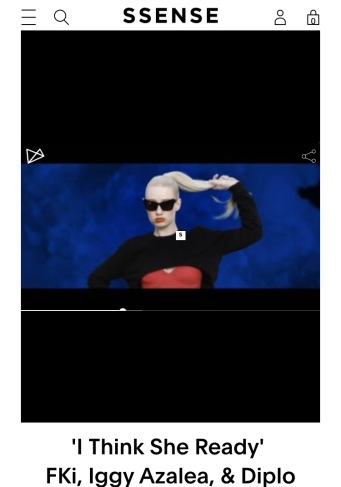
Iggy Azalea even created the world’s first interactive shoppable video, in which audience members can click on the different looks dawned by characters within the music video, and immediately purchase their clothing. Simply click on the “S” that appears on the various articles of clothing.
Everyone is trying to create something new, something revolutionary, something that will immediately attract the full attention of an intrigued audience.
We are even beginning to see holographic music videos. David Gahan and Soulsavers were the first to debut one. Their video, entitled, “All Of This And Nothing,” is best viewed on a smartphone or tablet, with a clear pyramid placed on top of the screen.
Watch here. And learn how to make your own hologram viewer here.
“In a time when music videos continue to be tiresomely filled with female objectification and equally prominent product placement, this simple interactive experience is a refreshing change,” says Natalie Robehmed, journalist for Forbes, in her article on rapper Azealia Banks’s recently released webcam based, interactive music video. Aside from the technological/innovative aspect of these new techniques, interactive music videos will perhaps provide audience members with a realm of entertainment that replaces that offered by the objectification of women.
I interviewed an active member of the music video industry, to gain some insight on what the implications of these new technologies are, and what the future of music videos looks like. A Michigan native, music video producer, Josh Sikkema, began working with Detroit and Grand Rapids artists, and has worked his way up to bigger names. Currently residing in Los Angeles California, Josh has filmed, directed and edited for countless bands and individual artists. He is now on a European tour with artist, Luke Christopher. This interview was conducted while he was beginning his day on a balcony in Norway.
While 360 degree music videos are fun to watch and beneficial to an audience’s experience in various ways, Josh does not see them as something that will take hold as a staple technique for music video production. Unlike fully interactive music videos, however, one can experience the full effects of 360 degree music videos on YouTube.
On the topic of virtual reality music videos in general, Josh emphasizes the importance of connecting with the fans. Of course, one effective way to do this for music videos is by implementing virtual reality aspects onto the videos. This allows the audience to connect with the music video in a brand new way. It is an entirely new experience.
Katelyn Torres: “So, what do you see for the future of music videos from here on out?”
Josh Sikkema: “I think you’re going to see them get a lot more personal. Everything is pushing toward connecting with the fan”
As music video techniques progress, it will be interesting to see if YouTube adds more interactive features to its design. As of right now, virtual reality music videos are not available to fully experience on YouTube, and must be viewed and interacted with elsewhere. The availability of these features on YouTube would be convenient for both YouTube itself and music video audience members, as the videos could be consolidated in the one place that people go for the majority of their music video viewing.
Perhaps it is safe to predict that a next step in music video progression will be more holographic music videos. This could be epecially popular for videos involving artists that have passed away: legends like Notorious B.I.G., Selena, Michael Jackson, etc. It seems that with each advancement, we are moving toward a music video experience that is more “real” to its audience. The goal is to get the audience as immersed as possible. The question is, would techniques like these entirely obliterate any other form of music video, making it so that audience members feel bored watching the “old,” “flat” videos? Or would these techniques be viewed as pointless and never even make a mark on the industry?
Tweets regarding the matter seem to suggest the former. Even Google Play is getting in on the action.
I predict that the majority of audience members will remain faithful to original music video form for a while, as long as video and audio quality continue to advance. Despite the effort being made to create a real, interactive experience for music video audience members, most audience members probably enjoy passively viewing a video, without having to exert much effort toward their experience. However, I could see holographic music videos being extremely popular for particular occasions like parties, popular nightclubs or award ceremonies. Virtual reality music videos may enhance an artist’s career for a few moments, allowing them to gain exposure and recognition for being with, or ahead of, the times, however it is difficult to say whether they will ever fully take the place of simple, non-interactive videos.
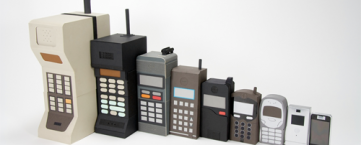
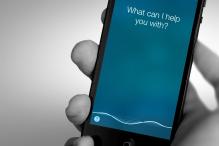
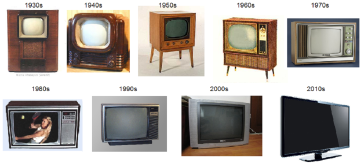
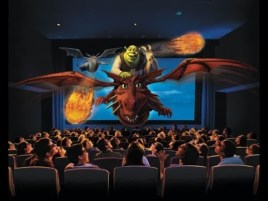

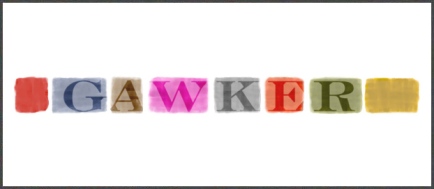
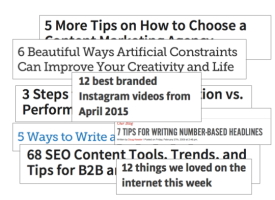

 Even though Gawker
Even though Gawker 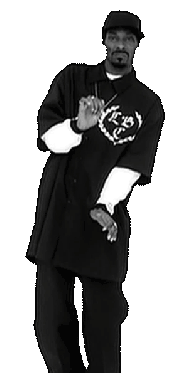
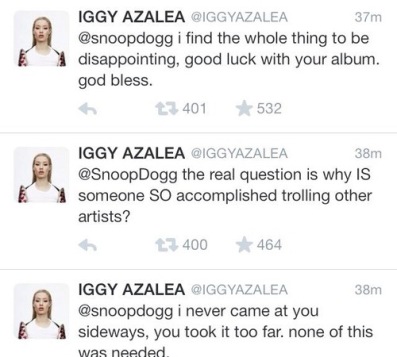
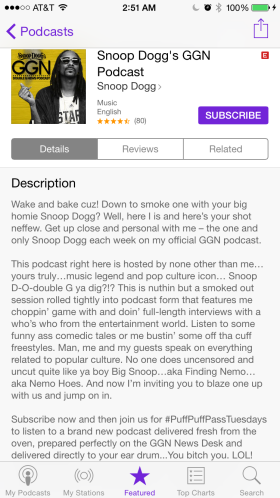
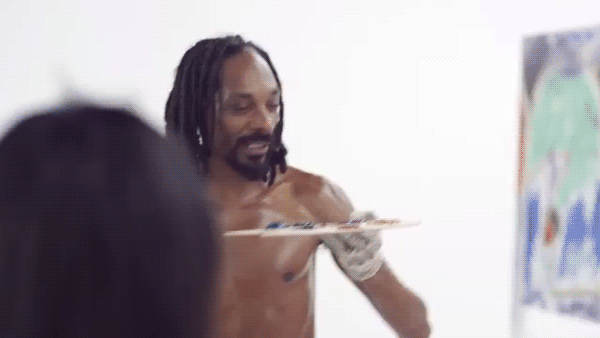
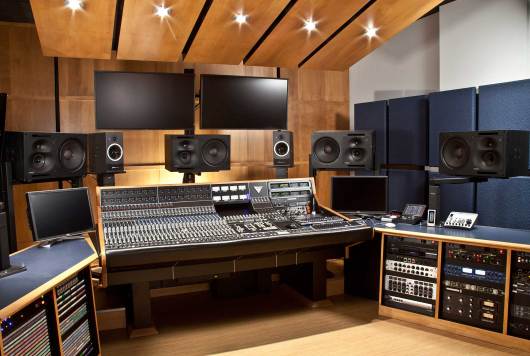
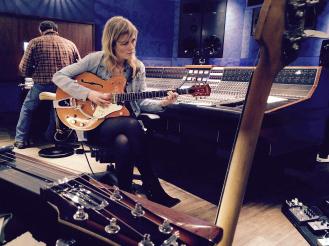
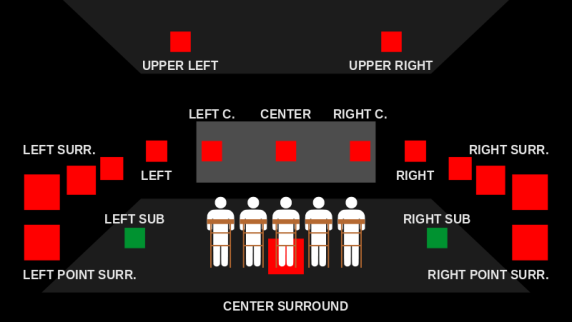
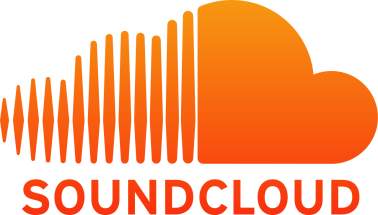
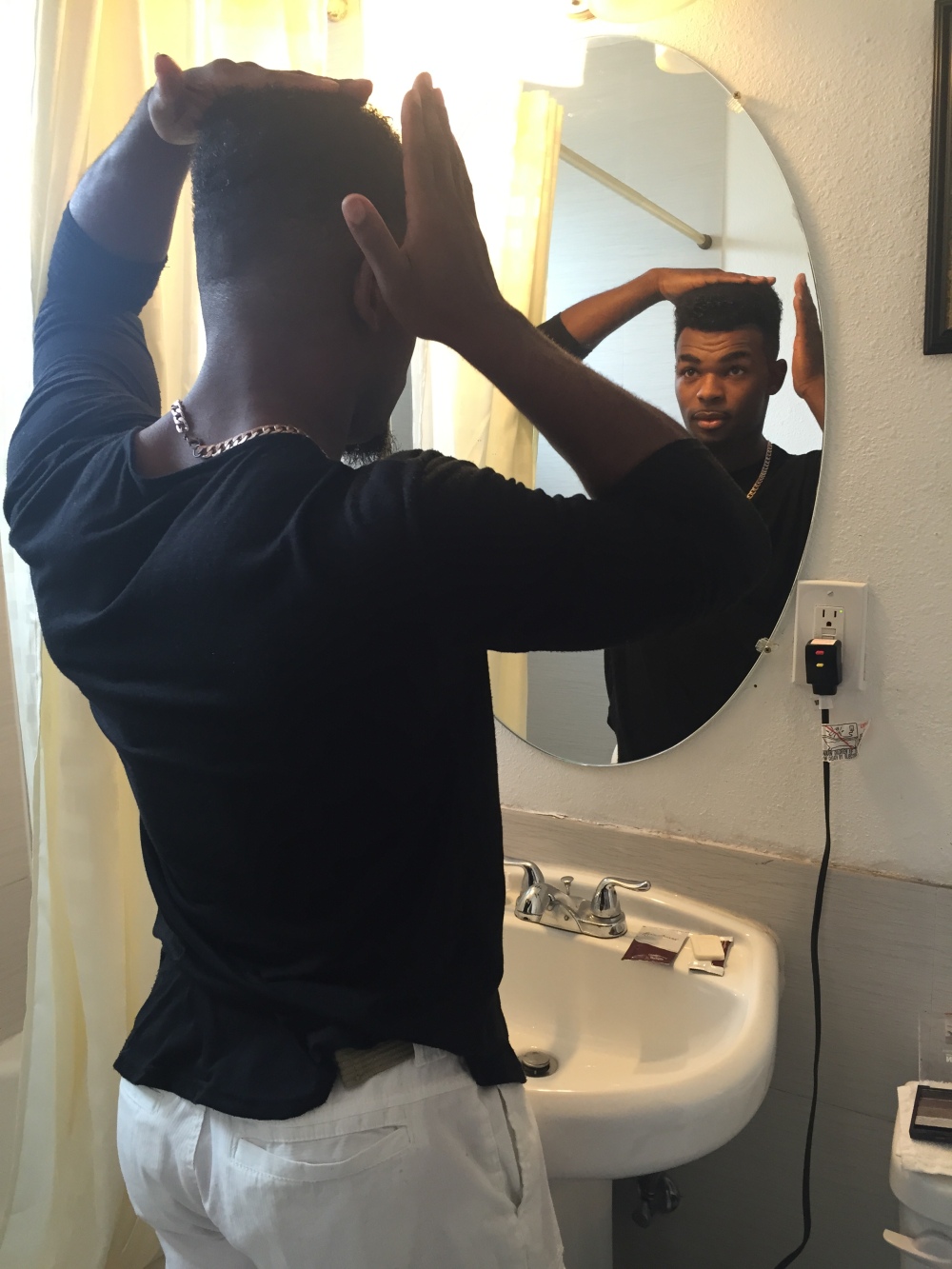

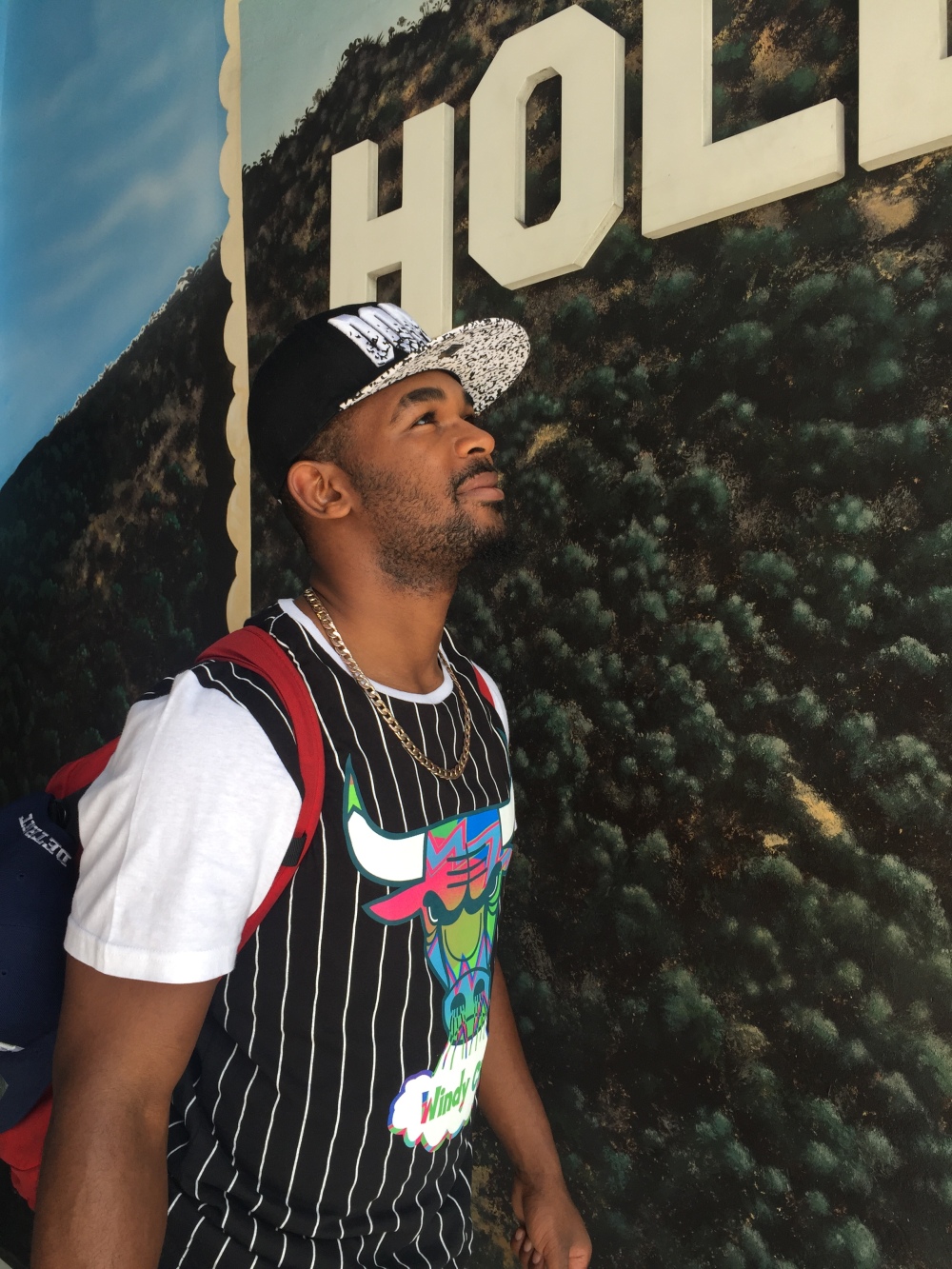
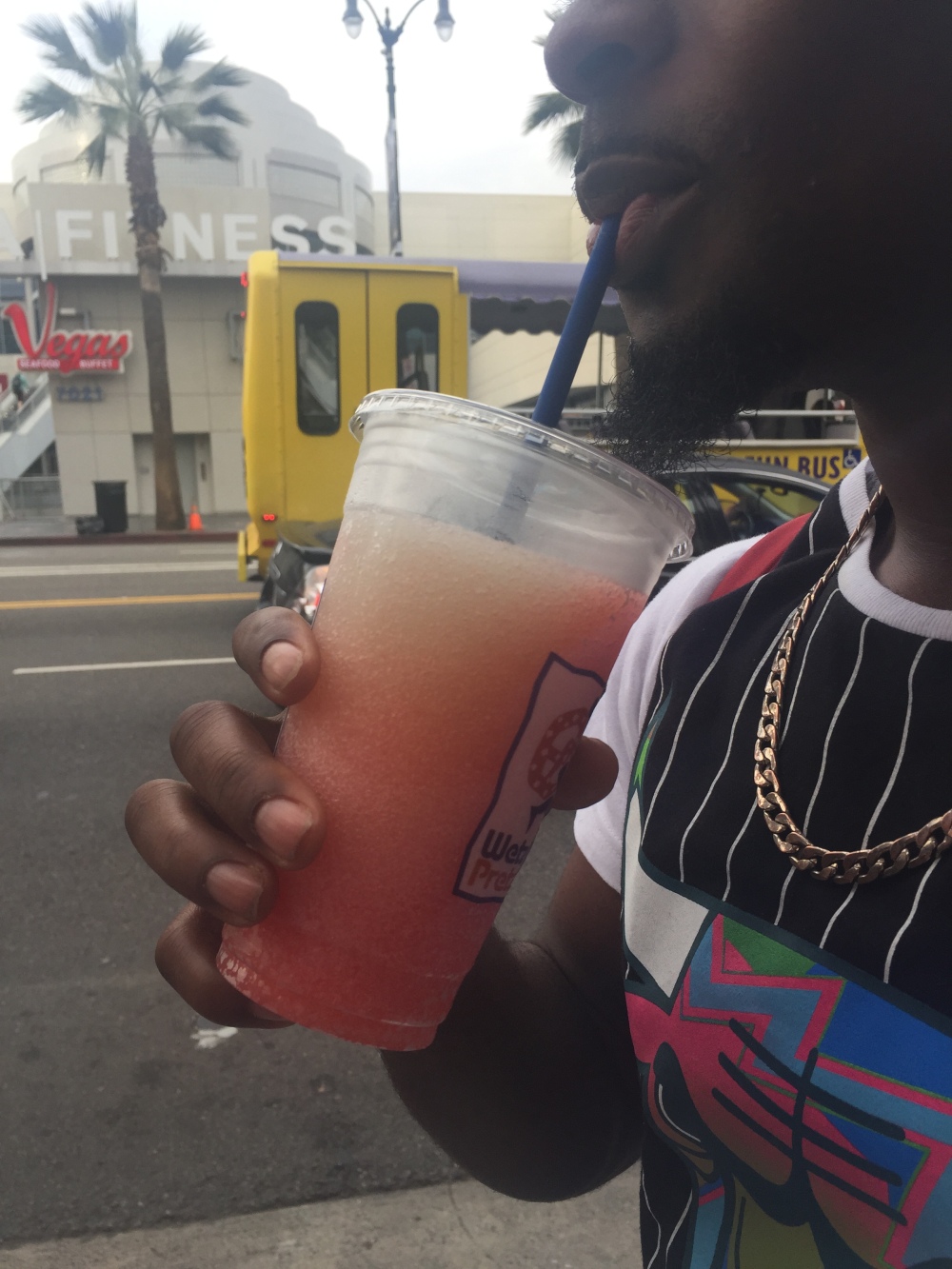
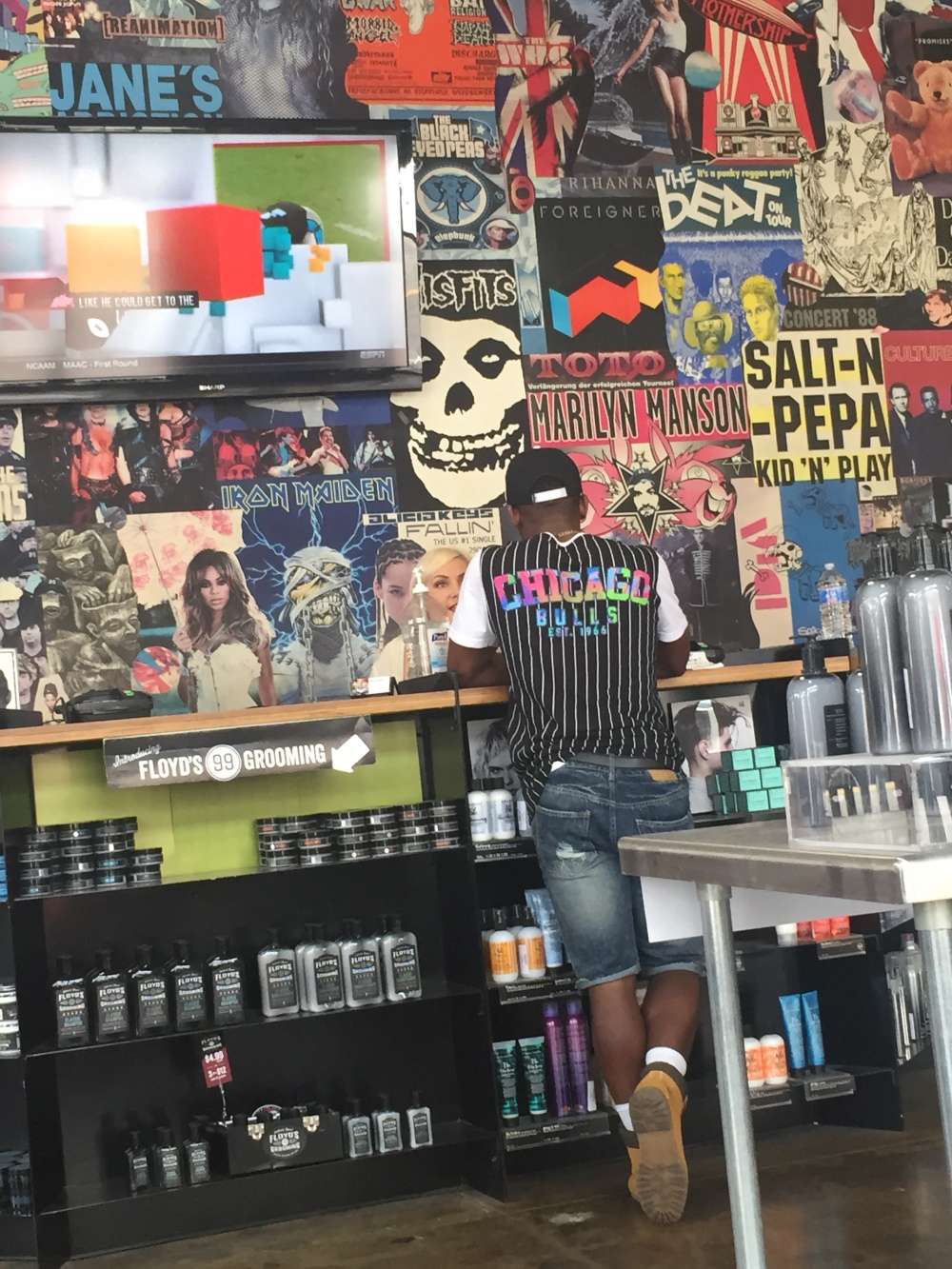
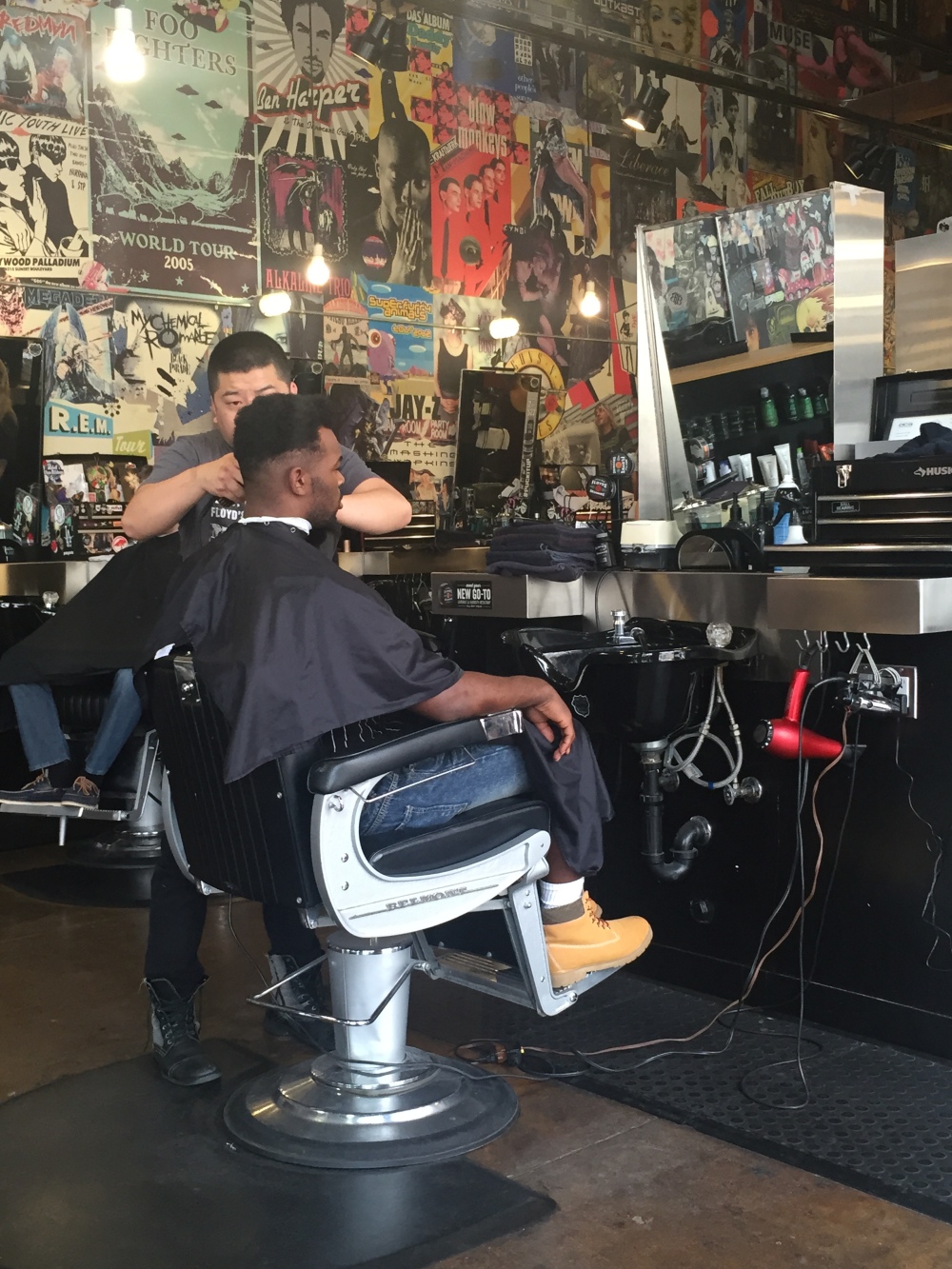
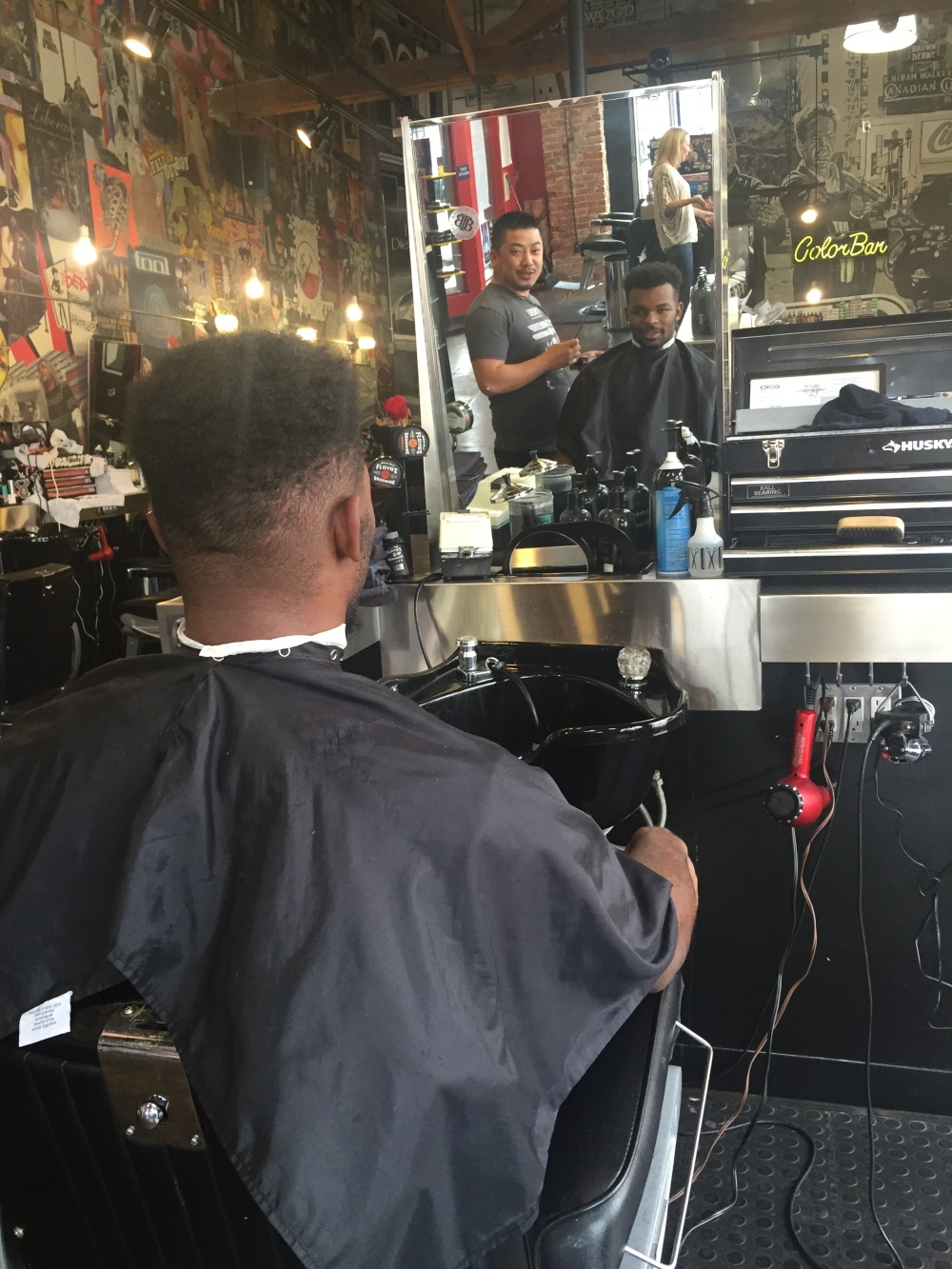

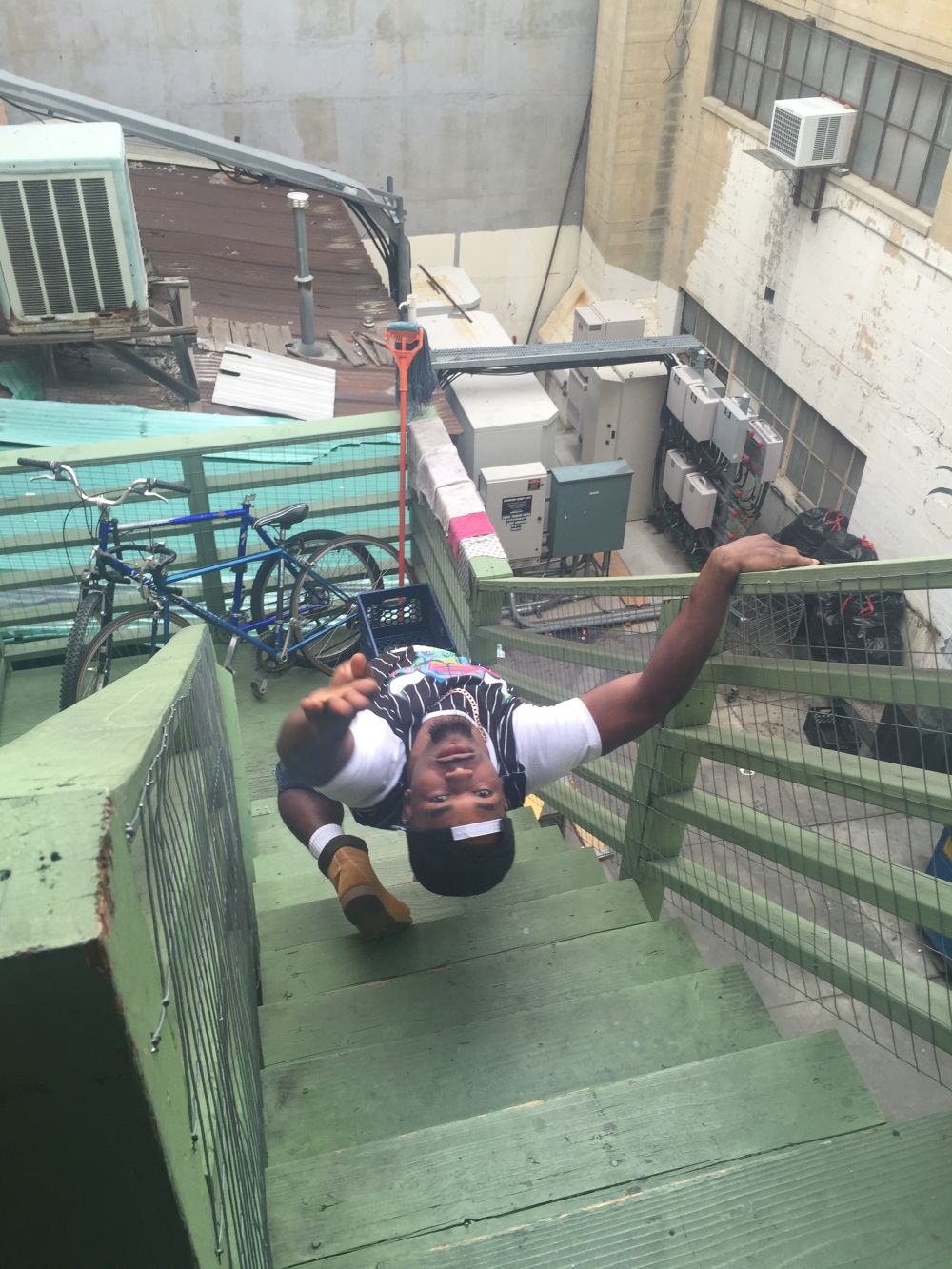
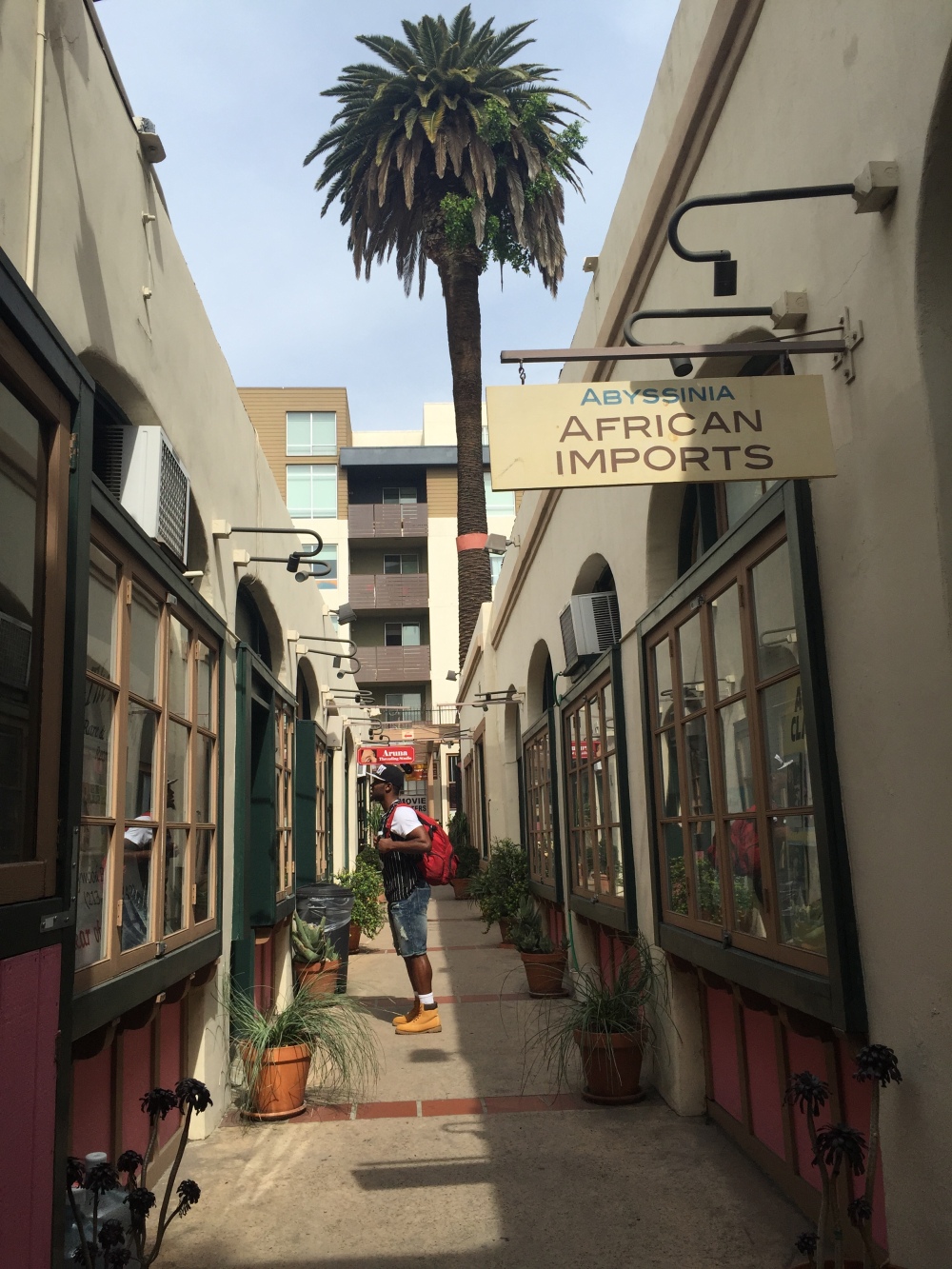
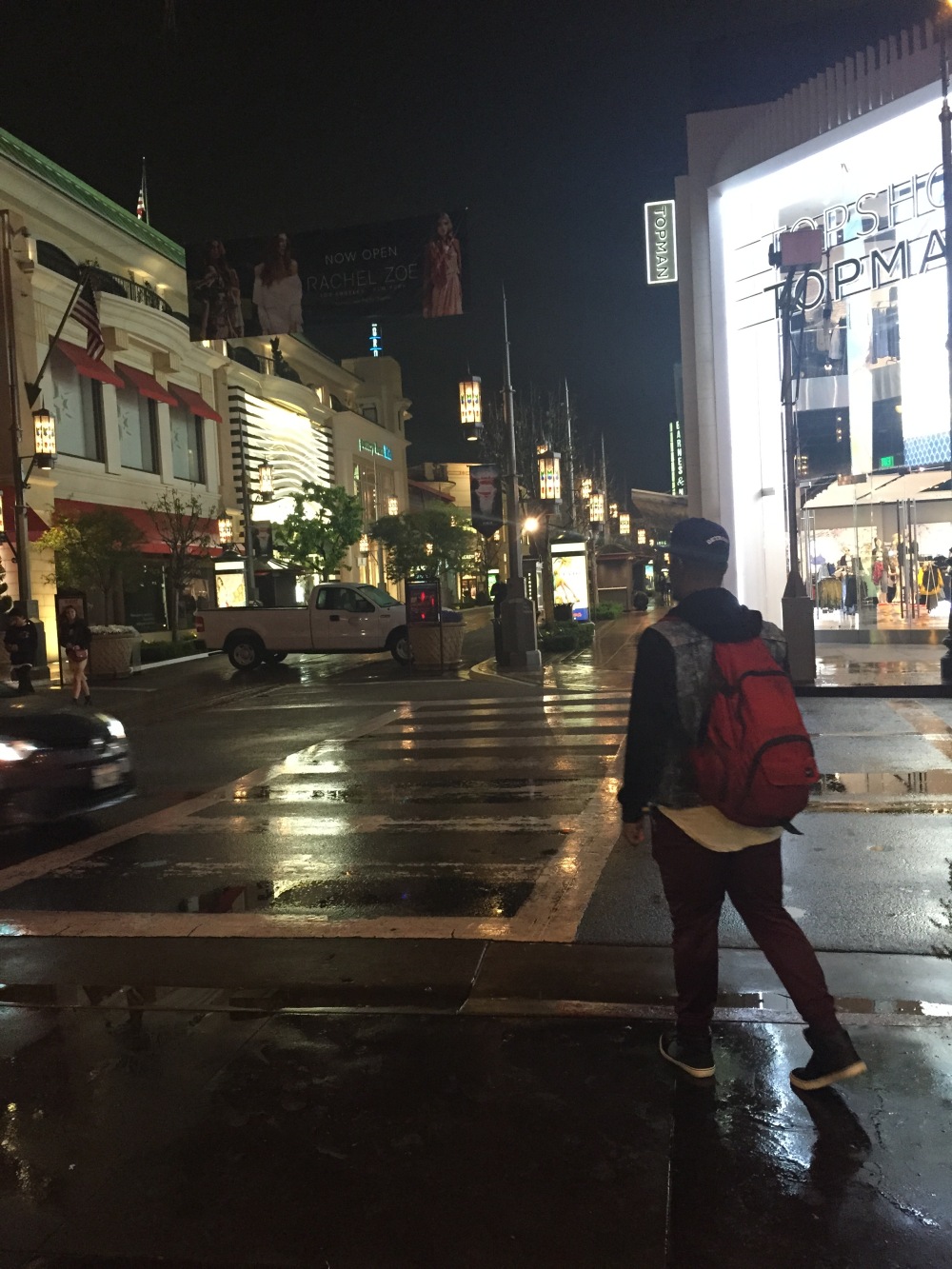

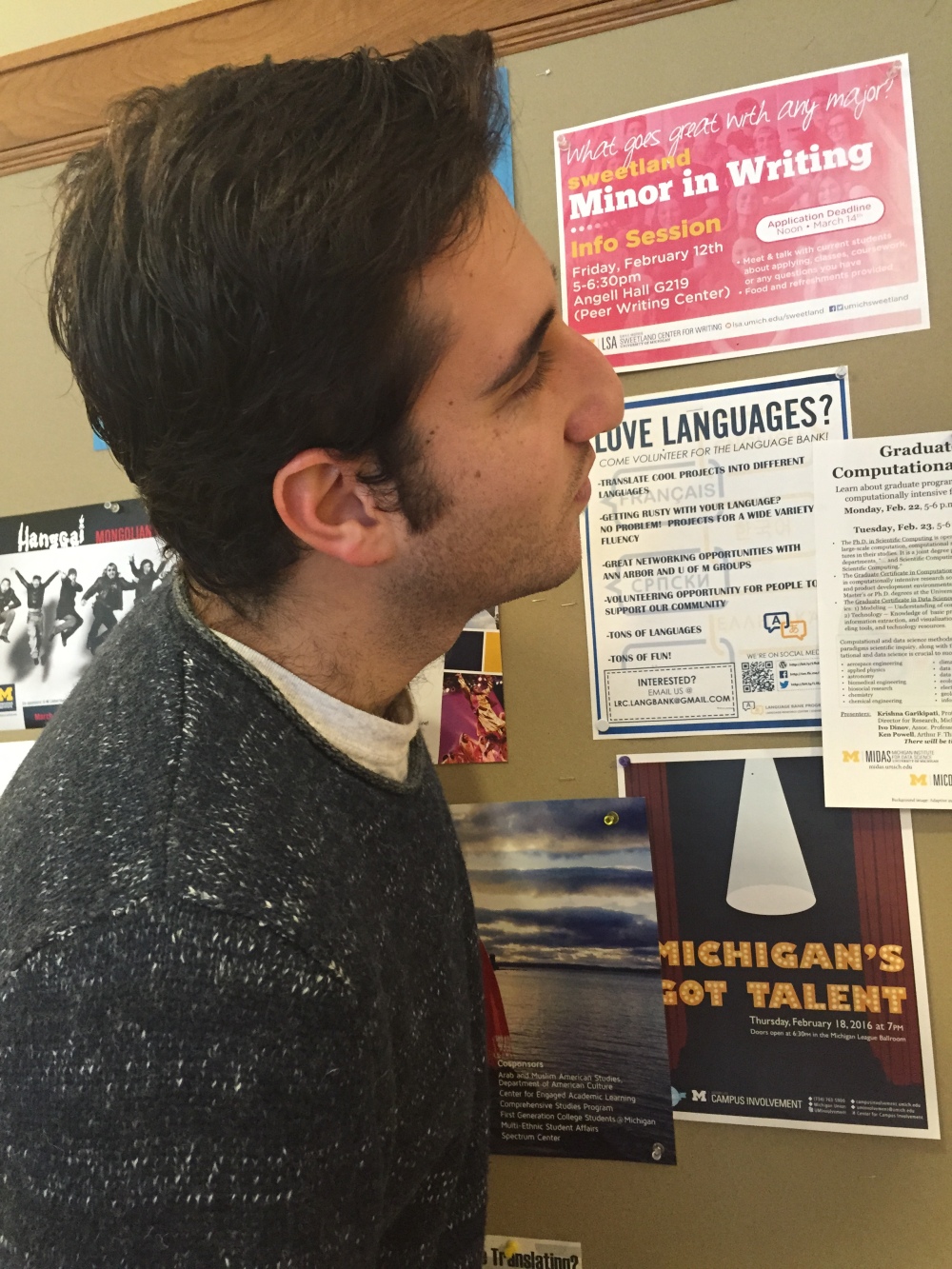
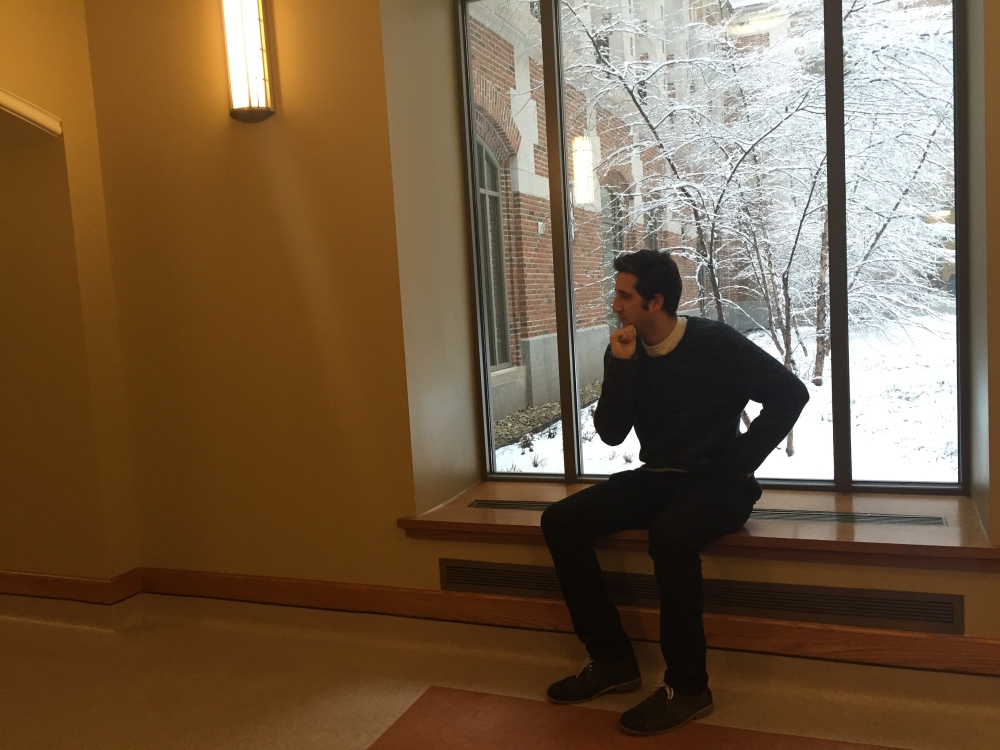
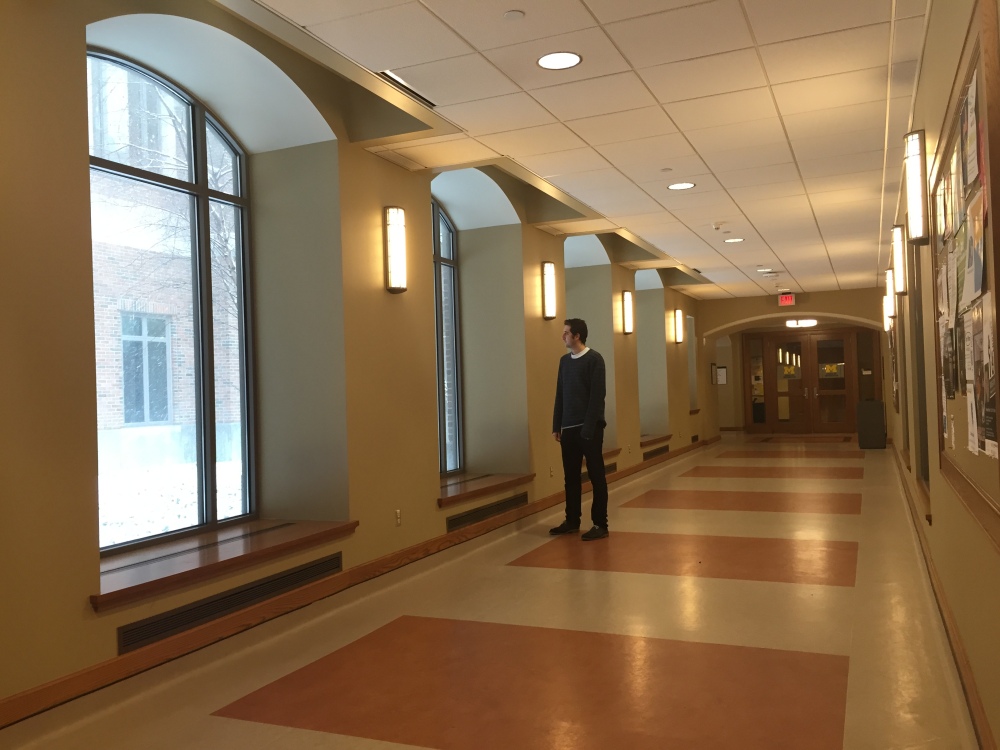


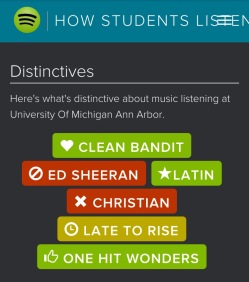
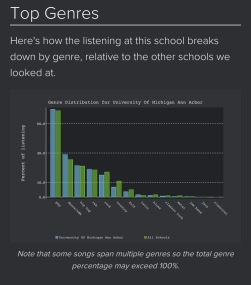
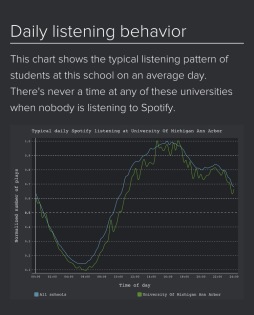
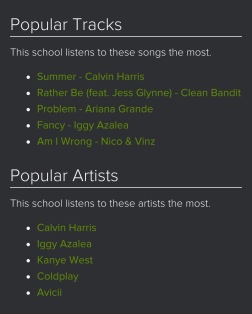

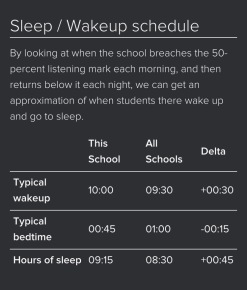
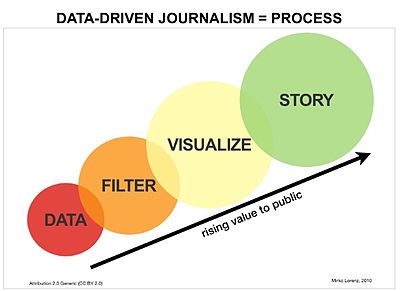
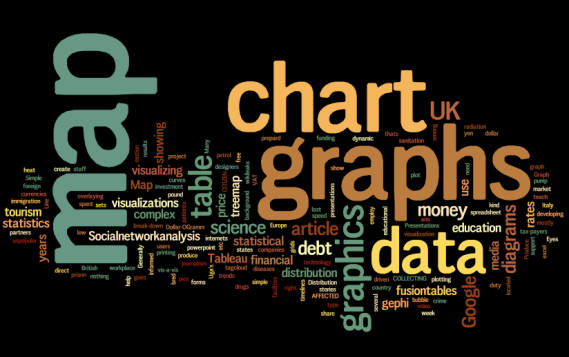


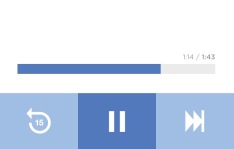


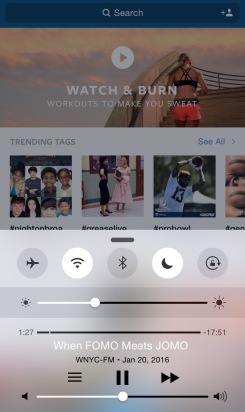


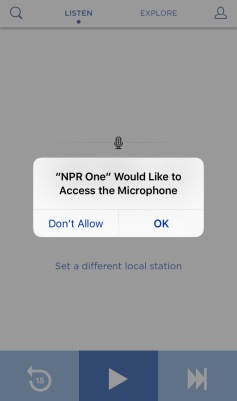 Interesting side note: The interviewee in this story spoke about the way that some apps ask users for permission to access their microphone upon the initial use of the app, and an app will do this so that it can listen to its users – to get to know them better or send their information to advertising companies. As Kelly McBride mentions in her
Interesting side note: The interviewee in this story spoke about the way that some apps ask users for permission to access their microphone upon the initial use of the app, and an app will do this so that it can listen to its users – to get to know them better or send their information to advertising companies. As Kelly McBride mentions in her 
